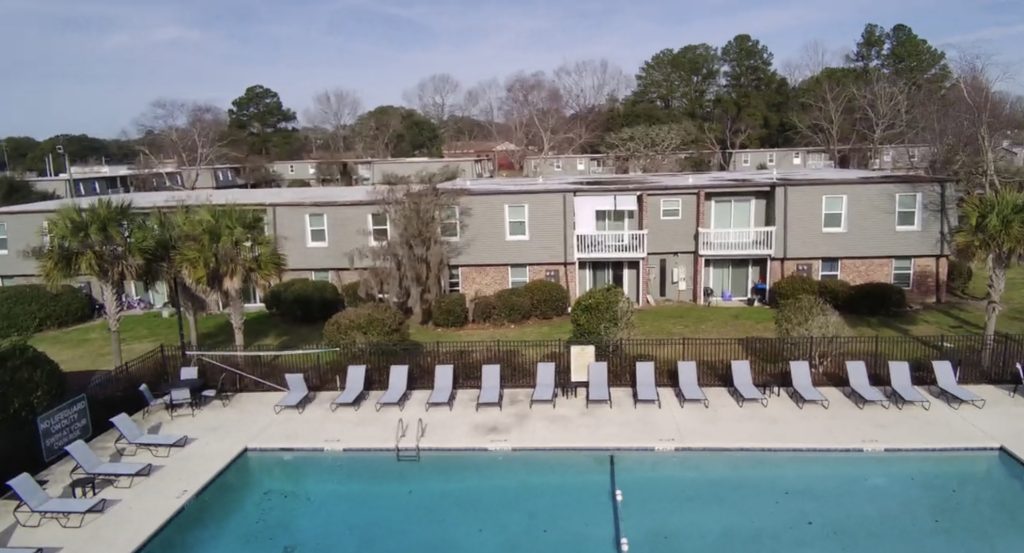If you are an apartment complex owner or operator, this is an important topic to understand when it comes to insuring your apartment buildings. When insuring large apartment complexes with multiple buildings, commercial property insurance policies typically offer two coverage options: blanket coverage and specific coverage. It is important to understand the differences between the two and which one is more suitable for your needs.
Blanket property coverage provides coverage for all owned buildings under a single coverage limit. This means that if there is a loss or damage to any of the covered buildings, the policyholder can file a claim up to the full blanket limit of coverage. This option can provide peace of mind that if any one building was a total loss, there is enough coverage available. However, blanket coverage is more expensive than specific coverage, and it is only available if the properties needing coverage are similar in nature and functionality.
Specific coverage, on the other hand, provides coverage amounts for each individual building listed on the policy. This means that each building has a designated coverage limit, and if there is a loss or damage to a specific building, the policyholder can only file a claim up to the limit of coverage specified for that building. The advantage of scheduled coverage is that it allows for more precise coverage amounts for each individual building and can be useful if certain buildings have higher values or require specific coverage options.

As an example, imagine an apartment complex with three buildings that are each valued at $5 million. As a result, you would purchase a blanket policy with a limit of $15 million to protect all three properties. If one building was a total loss from a fire and the actual cost to replace the building ended up being $5.5 million, a blanket policy would still provide full coverage for the $5.5 million re-build because it has up to $15 million to use however it is needed. With this same example under the specific building coverage form, the insured would have to come out of pocket for the additional $500,000 above the building limit.
It is important to note that blanket coverage is not always an option. It is only available if the properties needing coverage are similar building types. Furthermore, in 2023, fewer insurance carriers are willing to offer blanket coverage.
In conclusion, when insuring large apartment complexes with multiple buildings, it is important to consider both blanket and specific coverage options. Blanket coverage provides broader protection but is more expensive, while specific coverage allows for more precise coverage amounts for each individual building. Ultimately, the decision depends on the specific needs and circumstances of the property owner or investment group.
